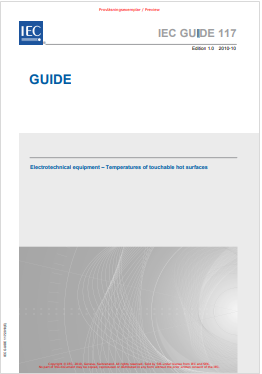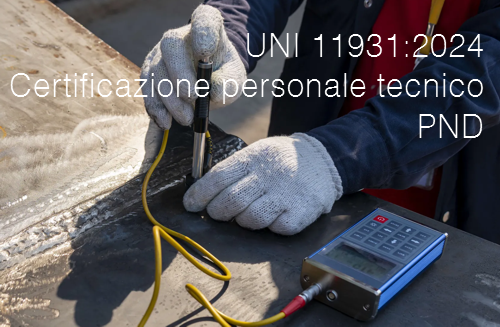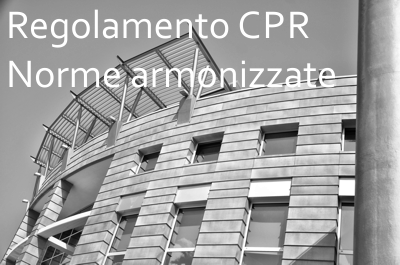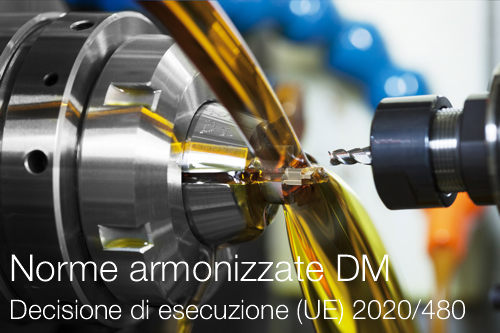Informazione tecnica HSE / 25 ° anno
/ Documenti disponibili:
45.647
/ Documenti scaricati: 34.678.216
/ Documenti scaricati: 34.678.216

Preview
Electrotechnical equipment - Temperatures of touchable hot surfaces
Scope
This IEC Guide provides guidance for assessing the risk, to any person, of a burn from contact with hot touchable surfaces of electrotechnical equipment.
This Guide establishes surface temperature limits, where such limits are required, and describes the maximum contact periods with a hot surface that any person may be subjected to without being exposed to a risk of burn. Curves of maximum temperatures versus contact times are described for different types of material with different types of surfaces. These temperature limit values shall be taken into consideration by technical committees in determining surface temperature limits in product standards.
In making this determination, consideration should be given to:
– the likelihood of contact with the heated part;
– the size and thermal capacity of the heated part;
– the expertise of the persons and their knowledge and experience relative to the temperatures likely to be encountered in operating or servicing the product;
– the provision of adequate cautions or warnings; and
– other similar factors taking into account the task analysis specified in 4.3.
It is ultimately the responsibility of the technical committee to establish the acceptable temperature limits (which may be higher) that may apply to touchable surfaces of products under their scope. Manufacturers may also use these temperature limit values to assist in their risk assessment if no relevant product standard exists. It is not within the scope of this Guide to set temperature limits for the following zones or surfaces:
– hot functional surfaces;
– adjacent surfaces;
– handles or control knobs, including keypads, keyboards and the like, that a user needs to touch to operate or adjust the equipment;
– surfaces not likely to be touched.
It is outside of the scope of this Guide to specify protective measures. It is the task of manufacturers and also of standardisation groups to decide upon protective measures appropriate to the intended use of a product. Protective means, if needed, should be provided together with the equipment.
NOTE
Although not specified in this Guide, examples of protective measures that may be taken are given in Clause 5 and Annex D. One example of several possible protective measures is the limitation of the surface temperature below the burn threshold. To achieve this, surface temperature limit values may be established at or below the burn threshold in the product standard. It is then the task of the manufacturer of the product to apply technical solutions in order to comply with the established limit values.
IEC 2010

ID 21174 | 18.01.2024
UNI 11931:2024 Certificazione del personale tecnico addetto all'esecuzione delle prove non distruttive...

Comunicazione della Commissione nell'ambito dell'applicazione del regolamento (UE) n. 305/2011 del Parlamento europeo e d...

Decisione di esecuzione (UE) 2020/480 della Commissione del 1° aprile 2020 che modifica la decisione di esecuzione (UE) 2019/436 relativa alle norme armonizzate p...
Testata editoriale iscritta al n. 22/2024 del registro periodici della cancelleria del Tribunale di Perugia in data 19.11.2024